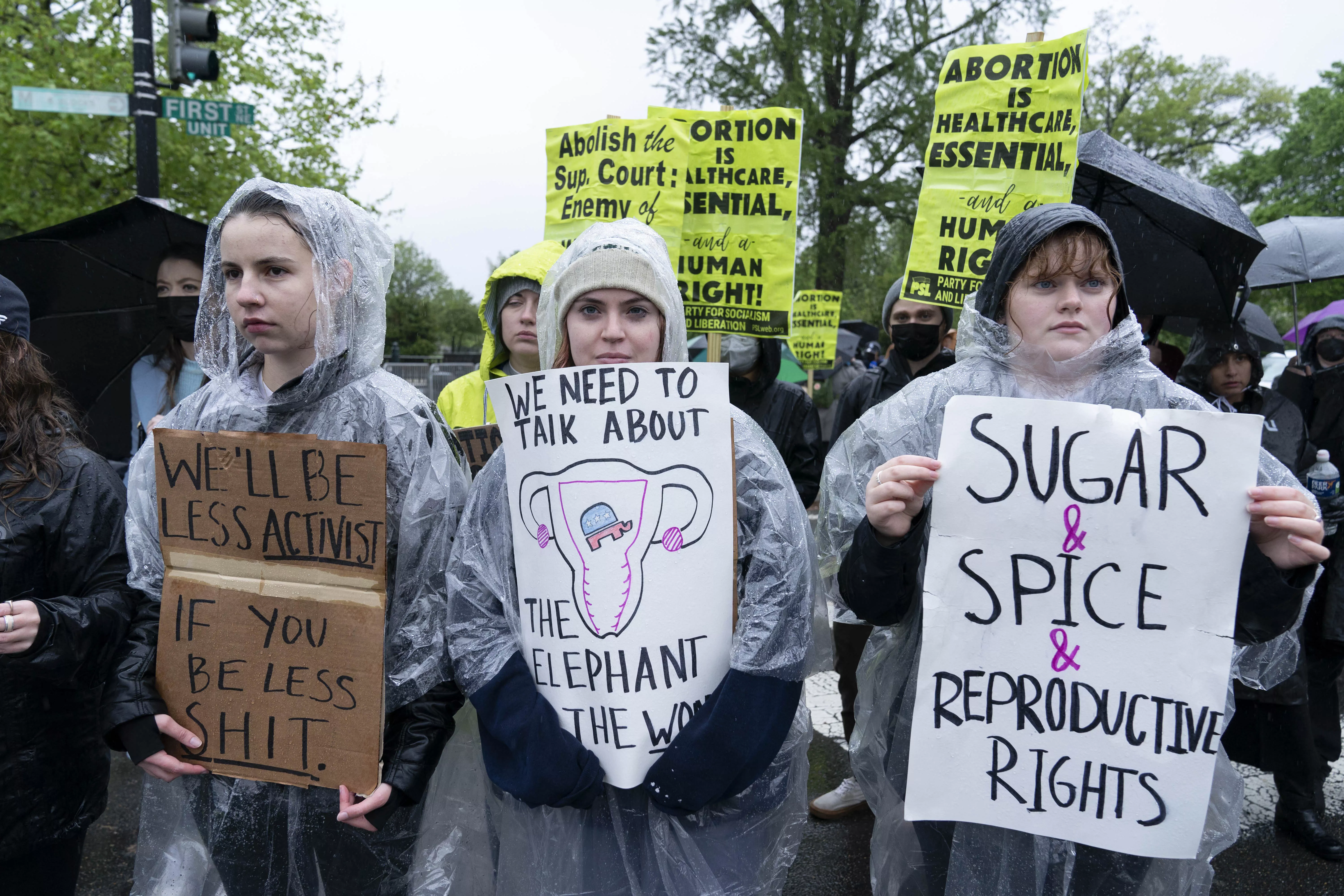The Wisconsin Supreme Court"s recent ruling to dismantle a 176-year-old abortion ban has sent shockwaves through conservative circles, revealing the raw nerves surrounding women"s rights and reproductive health in America. This decision, which came as no surprise given the court"s liberal majority, underscores a significant shift in the legal landscape, affirming that women have the right to make choices about their bodies free from antiquated laws rooted in patriarchal control.
Historic Ruling Challenges Outdated Laws
On July 2, 2025, the court ruled 4-3 that Wisconsin"s 1849 abortion ban has been effectively superseded by modern legislation that regulates abortion access. This historic ruling was prompted by a lawsuit filed by Wisconsin Attorney General Josh Kaul, who argued that contemporary laws aimed at protecting reproductive freedom, including a 1985 statute permitting abortions until viability, nullified the archaic ban. As reported by AP News, the majority opinion emphasized that the comprehensive nature of current abortion legislation indicated a clear intention to replace the 19th-century ban.
Voices of Dissent and Legal Implications
While the ruling celebrates a significant victory for reproductive rights advocates, dissenting voices have emerged, particularly from conservative factions. Sheboygan County District Attorney Joel Urmanski defended the 1849 ban, arguing it could coexist with modern restrictions. Dissenting Justice Annette Ziegler labeled the ruling a "jaw-dropping exercise of judicial will," accusing the liberal justices of imposing their personal preferences rather than adhering to legislative intent. This clash reflects the broader societal divide over abortion rights and indicates that legal battles are far from over.

"I Want To Be A Pest On The Ice" | Josh Doan In His Introductory Press ...
Public Sentiment and Political Ramifications
The court"s decision aligns with a growing consensus among Wisconsin voters, with recent data revealing that 62% believe abortion should be legal in most cases. This societal shift is mirrored in the electoral landscape, where progressive candidates are increasingly winning seats on the bench, as seen in the recent victory of Democratic-backed Susan Crawford. This trend suggests a potential recalibration of judicial perspectives around reproductive rights, as evidenced by the court"s 4-3 liberal majority.
Environmental Justice and Reproductive Rights Intersection
This ruling also raises critical questions regarding the intersection of environmental justice and reproductive rights. Access to safe and legal abortion is not merely a personal issue; it is an environmental justice concern as well. Communities disproportionately affected by environmental degradation often face compounded challenges when it comes to reproductive health access. As documented by NRDC, low-income individuals and people of color are most vulnerable to both environmental hazards and restricted access to healthcare services, including reproductive health. Thus, the dismantling of these outdated laws serves as a crucial step toward ensuring equitable healthcare access for marginalized communities.

Psaki: Biden believes protests shouldn"t include "violence ...
Future of Abortion Rights in Wisconsin
The Wisconsin Supreme Court"s ruling not only provides a clearer path for abortion access but also sets a precedent for future challenges to restrictive reproductive laws across the country. As the landscape of reproductive rights continues to evolve, advocates must remain vigilant, ready to confront the inevitable backlash from conservative groups that seek to impose their ideology on women"s bodies. The fight for reproductive rights is intrinsically tied to broader struggles for social justice, environmental equity, and bodily autonomy, demanding a united front from all who believe in the right to choose.





![[Video] Left-wing radicals attack AfD politicians and journalists in Giessen](/_next/image?url=%2Fapi%2Fimage%2Fthumbnails%2Fthumbnail-1764438663474-e7iix9-thumbnail.jpg&w=3840&q=75)


